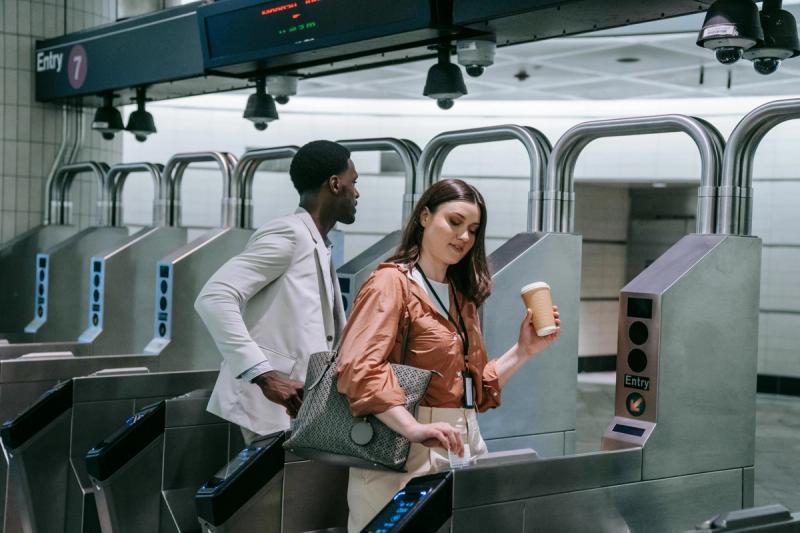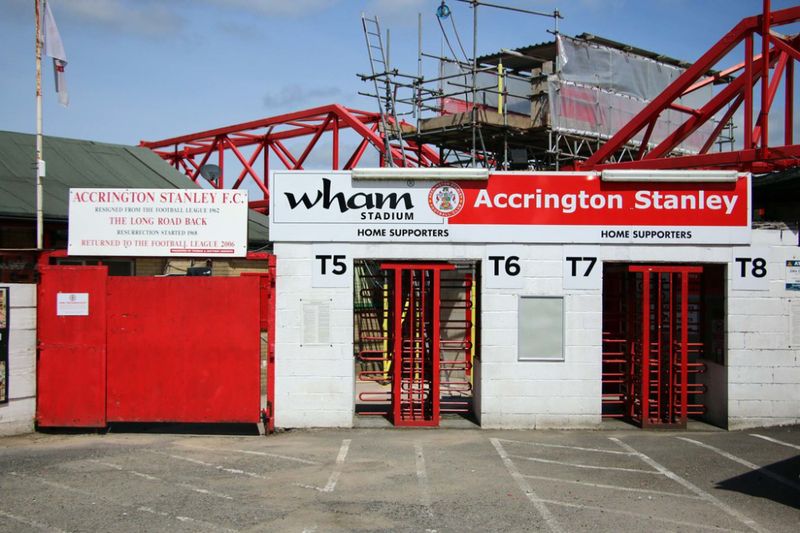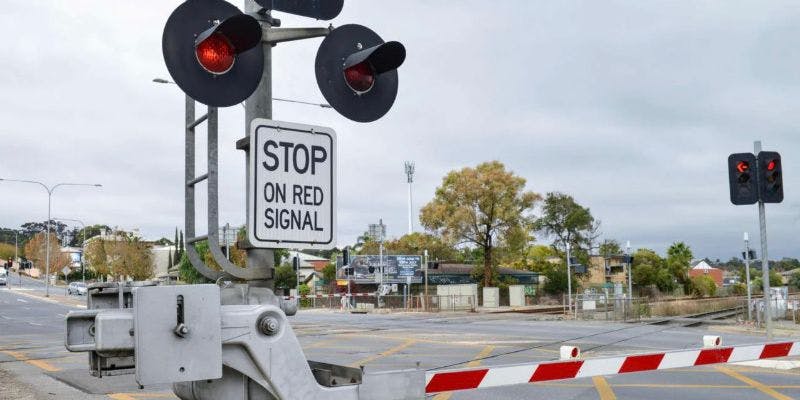Turnstiles: Crowd Control & Access Management

In a world where security and efficiency are paramount, turnstiles have emerged as a vital tool for crowd control and access management. These versatile systems are integral to managing the flow of people in high-traffic environments like stadiums, office buildings, and airports. By providing controlled access, turnstiles not only enhance security but also improve operational efficiency, making them a popular choice for commercial and public spaces.
This blog will explore the critical role turnstiles play in managing crowds and securing access, focusing on their applications and benefits in key locations.
What Are Turnstiles?
Turnstiles are mechanical or electronic gates that allow one person to pass through at a time. They are designed to control access by permitting entry only after certain conditions are met, such as swiping a ticket, scanning an ID, or tapping a card. Turnstiles come in various types, including tripod turnstiles, full-height turnstiles, and optical turnstiles, each tailored to specific use cases and environments.
Benefits of Turnstiles for Crowd Control and Access Management

1. Efficient Crowd Flow
Turnstiles are engineered to regulate the flow of people, preventing bottlenecks in busy areas. By allowing only one person to pass at a time, they ensure orderly movement, even during peak hours or events. This is particularly beneficial in locations like stadiums, where large crowds gather simultaneously.
2. Enhanced Security
One of the primary functions of turnstiles is to enhance security by restricting unauthorised access. Integrated with security systems like RFID readers, biometric scanners, or QR code scanners, turnstiles ensure that only individuals with proper authorization can enter restricted areas.
In high-security environments like airports, turnstiles can be programmed to work with advanced systems such as facial recognition, providing an additional layer of safety.
3. Data Collection and Monitoring
Modern turnstiles are equipped with technology to record entry and exit data, enabling real-time monitoring of foot traffic. This data can help businesses and organizations optimise operations, plan for peak periods, and enhance overall security by identifying irregularities.
4. Cost-Effective Access Management
Compared to employing security personnel to monitor access points manually, turnstiles offer a cost-effective solution. Once installed, they require minimal maintenance and can function 24/7, reducing the need for extensive human intervention.
5. Customizable Designs
Turnstiles are highly adaptable and can be customised to suit the aesthetic and functional needs of a location. From sleek optical turnstiles for modern office buildings to robust full-height turnstiles for stadiums, there is a design for every environment.
Applications of Turnstiles in Key Locations

1. Stadiums and Arenas
Stadiums host thousands of spectators during events, making crowd control a critical concern. Turnstiles play a pivotal role in managing the entry process efficiently while ensuring security.
- Ticket Validation: Integrated with ticketing systems, turnstiles allow only ticket holders to enter, preventing unauthorised access.
- Controlled Entry: Turnstiles limit the number of people entering at a time, reducing the risk of overcrowding at gates.
- Emergency Egress: Many modern turnstiles are designed to allow free passage in case of emergencies, ensuring safety for all attendees.
2. Office Buildings
In corporate environments, turnstiles are a common feature at entrances and access points to secure areas. They not only enhance security but also streamline access for employees and visitors.
- Access Control: Integrated with ID cards or biometric systems, turnstiles ensure that only authorised personnel can enter.
- Visitor Management: Turnstiles can be combined with visitor management systems to provide temporary access credentials, improving the visitor experience.
- Professional Appearance: Sleek and modern turnstile designs contribute to a polished and professional look in corporate lobbies.
3. Airports
Airports require stringent access control and efficient passenger movement. Turnstiles are crucial for maintaining these standards, particularly at security checkpoints and boarding gates.
- Passenger Verification: Integrated with boarding passes or biometric systems, turnstiles verify passenger details before granting access to secure areas.
- Seamless Flow: Turnstiles help regulate passenger flow, ensuring minimal wait times and efficient processing.
- Enhanced Security: With advanced technology such as facial recognition and document scanning, turnstiles bolster security by identifying unauthorised individuals.
4. Public Transport Hubs
From train stations to bus terminals, turnstiles are vital for managing large volumes of passengers.
- Ticket Validation: Turnstiles ensure that only passengers with valid tickets can access platforms or boarding areas.
- Preventing Fare Evasion: By restricting entry to ticket holders, turnstiles minimise revenue loss due to fare evasion.
- Efficient Crowd Movement: Turnstiles streamline the flow of passengers, reducing congestion during peak travel times.
Types of Turnstiles
Turnstiles come in various designs, each suited to specific applications:
- Tripod Turnstiles: Compact and cost-effective, these are ideal for small to medium-sized spaces like gyms or office entrances.
- Full-Height Turnstiles: Designed for maximum security, these are commonly used in stadiums, prisons, and industrial sites.
- Optical Turnstiles: Featuring sleek designs and advanced sensors, these are perfect for high-end office buildings and airports.
- Speed Gates: These turnstiles combine aesthetics with speed, making them suitable for busy environments like metro stations or airports.

Factors to Consider When Choosing Turnstiles
1. Traffic Volume
The number of people passing through the turnstile daily determines the type and durability of the system required. High-traffic areas like stadiums may need full-height or speed gates, while small offices can opt for tripod turnstiles.
2. Security Requirements
Consider the level of security needed. High-risk locations like airports may require biometric or facial recognition integration, while basic ID card systems may suffice for office buildings.
3. Aesthetic Preferences
For locations like corporate lobbies, the design and appearance of the turnstile are important. Optical turnstiles and speed gates offer a modern, sleek look.
4. Budget
While turnstiles offer long-term cost savings, initial installation costs can vary. Evaluate your budget to find a solution that balances cost and functionality.
Turnstiles: A Long-Term Solution for Access Management
Turnstiles are more than just gates; they are sophisticated systems that combine security, efficiency, and technology. Whether you’re managing large crowds at a stadium or securing access to a corporate office, turnstiles offer a reliable and scalable solution.
In Australia, where public safety and operational efficiency are paramount, turnstiles are increasingly becoming a staple in commercial and public spaces. By investing in a high-quality turnstile system and partnering with a professional installer, you can ensure smooth, secure, and efficient access management for years to come.
Turnstiles are the key to managing modern access control challenges, offering benefits that extend beyond security to improve overall operational efficiency. If you're considering installing turnstiles for your property, reach out to an experienced Australian turnstile installer to find the perfect solution for your needs.

